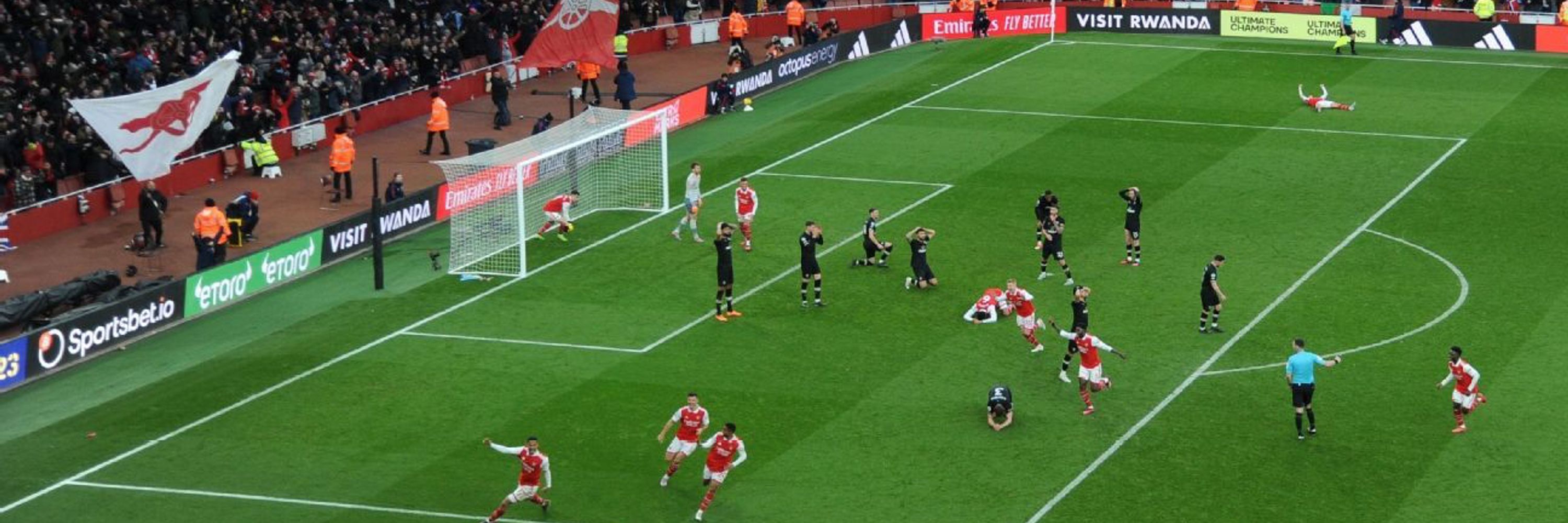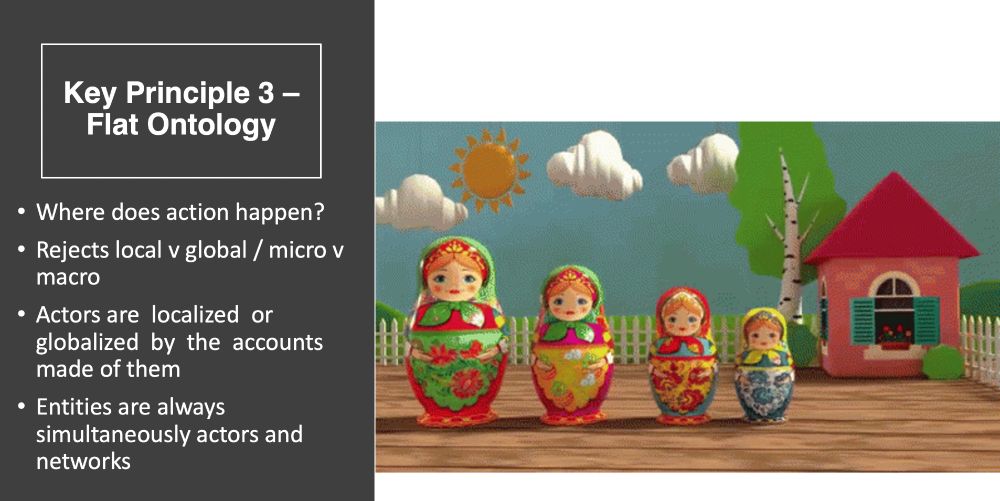Douglas Booker
@douglasbooker.bsky.social
480 followers
570 following
160 posts
Lecturer in Indoor Air at the University of Leeds, researching all things air quality and environmental justice.
Co-Founder & CEO of NAQTS | Regional Clean Air Champion in the UKRI Clean Air Programme. Views my own.
Posts
Media
Videos
Starter Packs
Pinned
Reposted by Douglas Booker
Reposted by Douglas Booker
Reposted by Douglas Booker
Reposted by Douglas Booker
The Guardian
@theguardian.com
· 27d

Brazil’s supreme court finds Bolsonaro guilty of plotting military coup
Former president faces decades-long jail sentence for seeking to forcibly cling to power after losing 2022 election
*
Anatomy of a coup plot: why Jair Bolsonaro is on trial
A majority of Brazil’s supreme court judges have voted to convict the country’s former president Jair Bolsonaro of plotting a military coup, leaving the far-right populist facing a decades-long sentence for leading the criminal conspiracy.
Justice Cármen Lúcia Antunes Rocha ruled on Thursday that Bolsonaro – a former paratrooper who was elected president in 2018 – was guilty of seeking to forcibly cling to power after losing the 2022 election, meaning three of the five judges involved in the trial had found Brazil’s former leader guilty. Continue reading...
www.theguardian.com
Reposted by Douglas Booker
Molly Knight
@mollyknight.bsky.social
· Sep 8



















